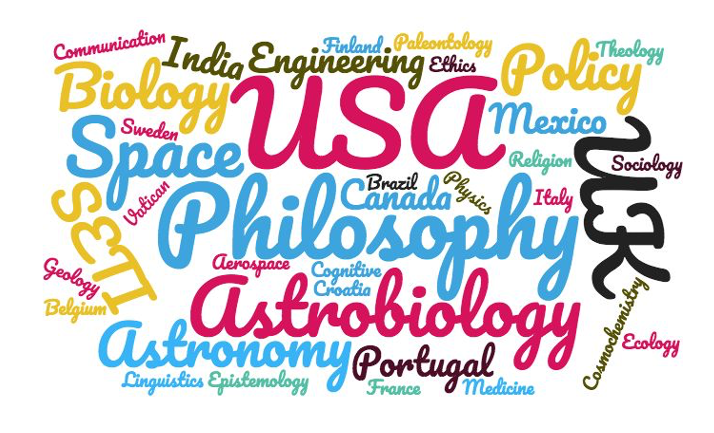
Start Date
14-12-2020 12:00 PM
End Date
14-12-2020 1:40 PM
Description
We write our scientific papers incorrectly and give talks often poorly. This leads to misunderstandings of science, especially within astrobiology. Scientific papers should be written in the journalistic style of the inverted pyramid with the most important information given first and finer but overall less important details following from this. The lead (first sentence) is the only thing that we can guarantee a reader will actually absorb. Hence, sentence one should have the most important information. This is a natural way that humans intake information. Journalists figured this out centuries ago, and scientists should catch up. Additionally, a good scientific talk is a campfire story with the visual aid serving as the campfire. A good talk forms a relationship between the audience and the speaker in the same way telling stories around a campfire builds human group cohesion. These new tenets of scientific communication can then also take the regular ways in which astrobiologists communicate with one another and make them more accessible even to non-scientists. This presentation serves as a general overview for the book Professional Science Communication (RSC, 2019) written by the presenter and will also have a sample presentation regarding the detectability of the smallest molecules that eventually go on to make rocky planets.
Recommended Citation
Fortenberry, Ryan, "(Poster) Astrobiologists Should Write Like Journalists and Talk Like Cavemen" (2020). Society for Social and Conceptual Issues in Astrobiology (SSoCIA) Conference. 10.
https://egrove.olemiss.edu/ssocia/2020/schedule/10
(Poster) Astrobiologists Should Write Like Journalists and Talk Like Cavemen
We write our scientific papers incorrectly and give talks often poorly. This leads to misunderstandings of science, especially within astrobiology. Scientific papers should be written in the journalistic style of the inverted pyramid with the most important information given first and finer but overall less important details following from this. The lead (first sentence) is the only thing that we can guarantee a reader will actually absorb. Hence, sentence one should have the most important information. This is a natural way that humans intake information. Journalists figured this out centuries ago, and scientists should catch up. Additionally, a good scientific talk is a campfire story with the visual aid serving as the campfire. A good talk forms a relationship between the audience and the speaker in the same way telling stories around a campfire builds human group cohesion. These new tenets of scientific communication can then also take the regular ways in which astrobiologists communicate with one another and make them more accessible even to non-scientists. This presentation serves as a general overview for the book Professional Science Communication (RSC, 2019) written by the presenter and will also have a sample presentation regarding the detectability of the smallest molecules that eventually go on to make rocky planets.

